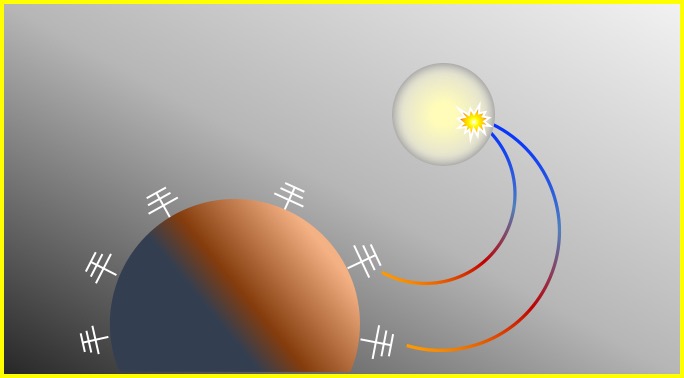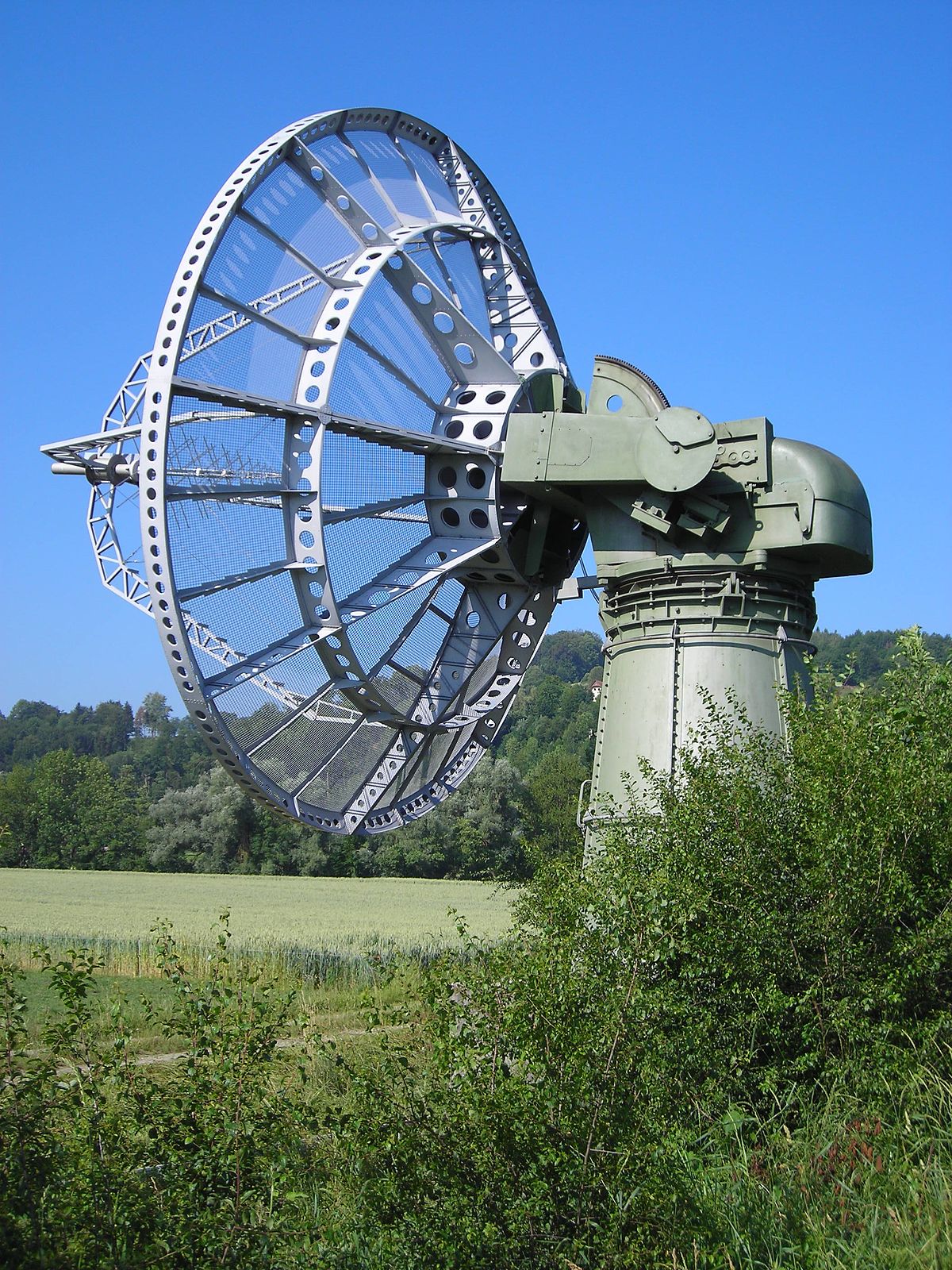e-Callisto
Compound Astronomical Low cost Low frequency Instrument for Spectroscopy and Transportable Observatory
Global network of radio spectrometers for observing the sun 24 hours a day.
ROLE OF THE INSTITUTE FOR DATA SCIENCE
> Data archive hosted at I4DS
> Data access and interface
Project lead at I4DS: Prof. Dr. André Csillaghy
Partners: Christian Monstein, IRSOL
Funding: European Space Agency ESA
Start: 2014
Status: ongoing
Keywords: radio astronomy, solar physics, space weather
SUMMARY
PEOPLE @I4DS WORKING ON e-CALLISTO
Delberin Ali
Computer Science Intern
Simon Beck
Computer Science Engineer
Kushtrim Sylejmani
Computer Science Engineer
OPEN RESOURCES AND RESULTS
VISUALS AND AUDIO
Callisto radio spectrometers are distributed throughout the globe which allows for seamless radio observation 24 hours a day. Credit: Christian Monstein IRSOL

Another view of the Bleien telescope for radio astronomy. Image: Wikipedia
Radio Astronomy in Switzerland
On the occasion of the 40th anniversary of the Bleien telescope in 2019, its co-founder Prof. Arnold Benz summarized the history of radio astronomy at ETHZ. In the meantime radio astronomy has continued at the Institute for Data Science FHNW with e-Callisto integrated into ESA’s Space Weather Service Network SSA, new research projects carried out such as VLA-Flares and AstroSignals and I4DS participating in the Swiss effort to join the biggest radio astronomy project of the future – the Square Kilometer Array SKA.


